Tata Hexa, Track Test
The predecessor to the Tata Hexa, the Aria, was fundamentally a good machine. The trouble was that it was meant to take on the mighty Toyota Innova, which is a gargantuan task for any vehicle. Plus, the Aria was expensive, and there were some quality issues.
The predecessor to the Tata Hexa, the Aria, was fundamentally a good machine. The trouble was that it was meant to take on the mighty Toyota Innova, which is a gargantuan task for any vehicle. Plus, the Aria was expensive, and there were some quality issues.
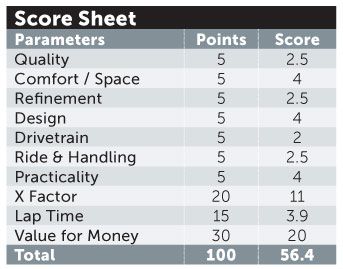 Tata hoped to address all of these issues with the Hexa. For starters, it looks very macho and not at all van-like. The square jaw at the front certainly gives it a lot of road presence and aggression. The layout of the interior too looks quite clean and modern.
Tata hoped to address all of these issues with the Hexa. For starters, it looks very macho and not at all van-like. The square jaw at the front certainly gives it a lot of road presence and aggression. The layout of the interior too looks quite clean and modern.
In addition, the cabin is very spacious and comfortable. The captain seats in the second row are not only extremely comfortable, but also allow easy access to the third row. The Hexa is also quite feature-rich. For instance, the all-wheel drive version gets traction control and hill-descent control, as well as four driving modes to make it a capable off-roader – which it certainly is. The two-wheel drive version with an automatic gearbox struggles off-road, though, because of the heavy weight of the vehicle.
The 2.2-litre Varicor 400 diesel engine, which churns out 154bhp and 400Nm of torque, is mighty but not the most refined. The overall ride quality, though, is exceptional and the car feels very planted on all road surfaces. Thanks to its powerful engine, and impressive range of capabilities, it can be an exciting car to drive.
Unfortunately, there are still some quality and trim issues that need to be addressed, Even though the overall quality has improved, the Hexa is still a little rough around the edges – and a properly kitted-out Hexa will still cost you.
The Hexa is 95% there, but the Indian customer is no longer willing to make any compromises, so Tata will have to go the extra mile to make those vital final tweaks to what remains a fundamentally good product.
Best of 2017 : << BACKNEXT >> : Hyundai Grand i10
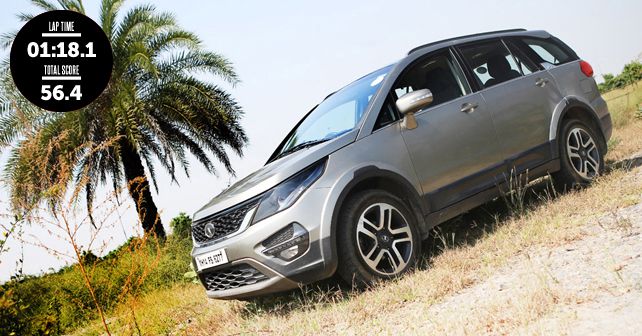
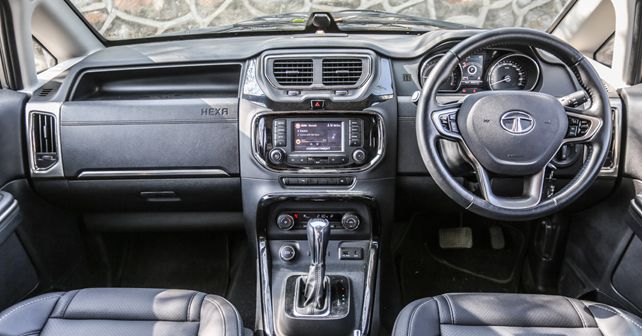
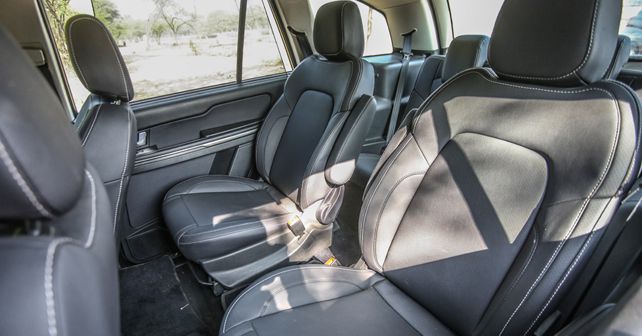
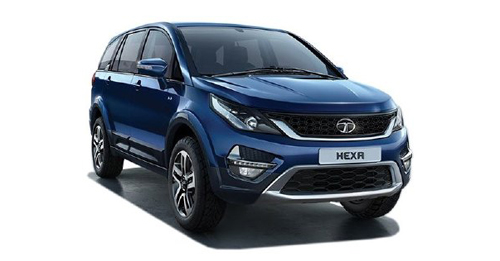


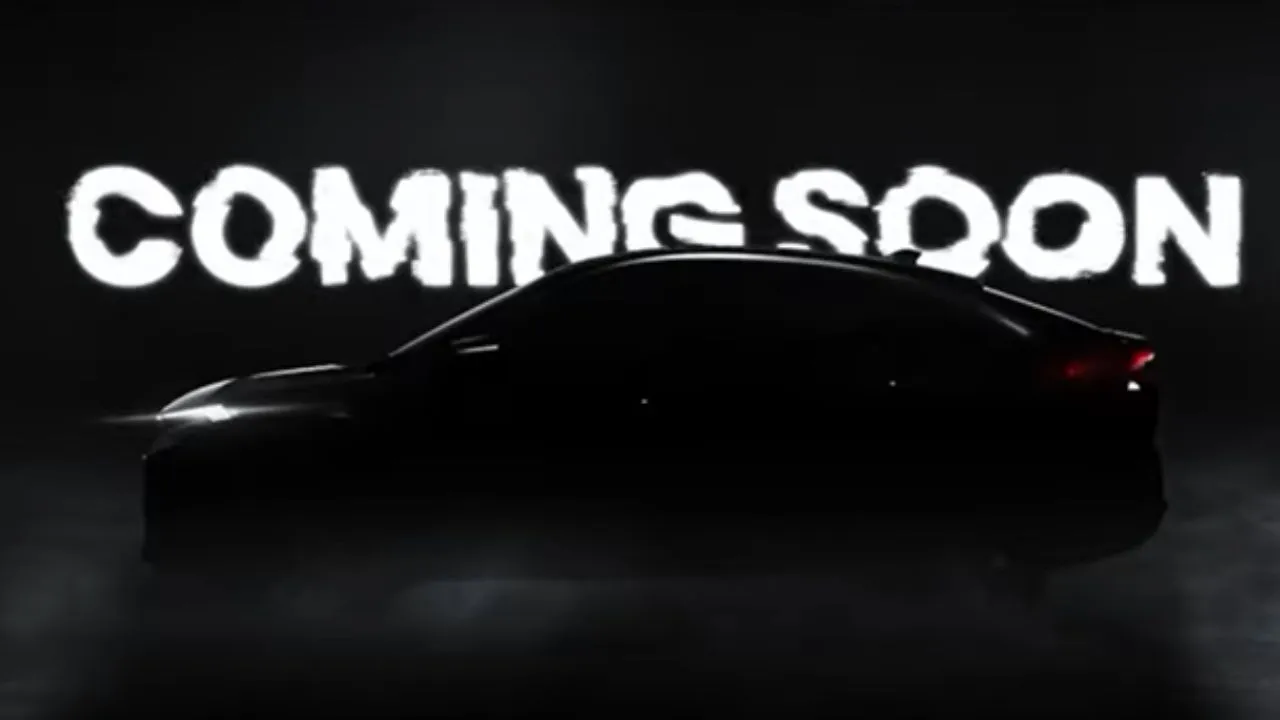








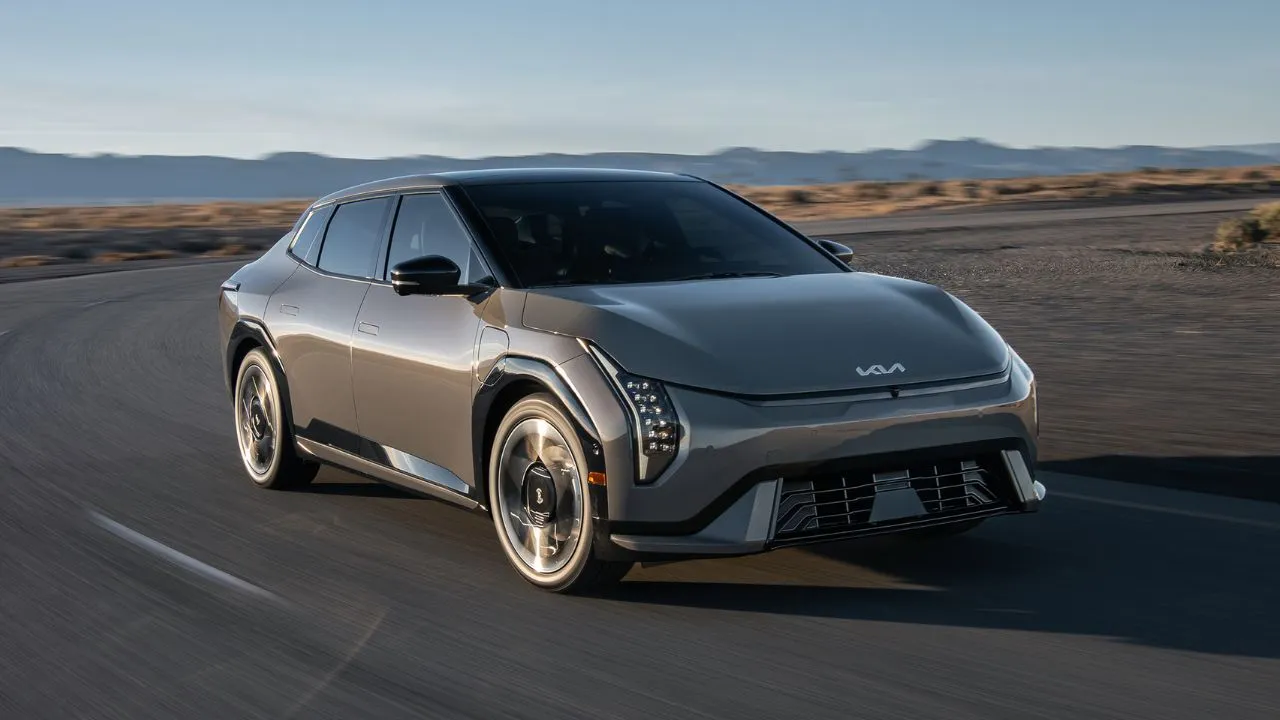
.webp)
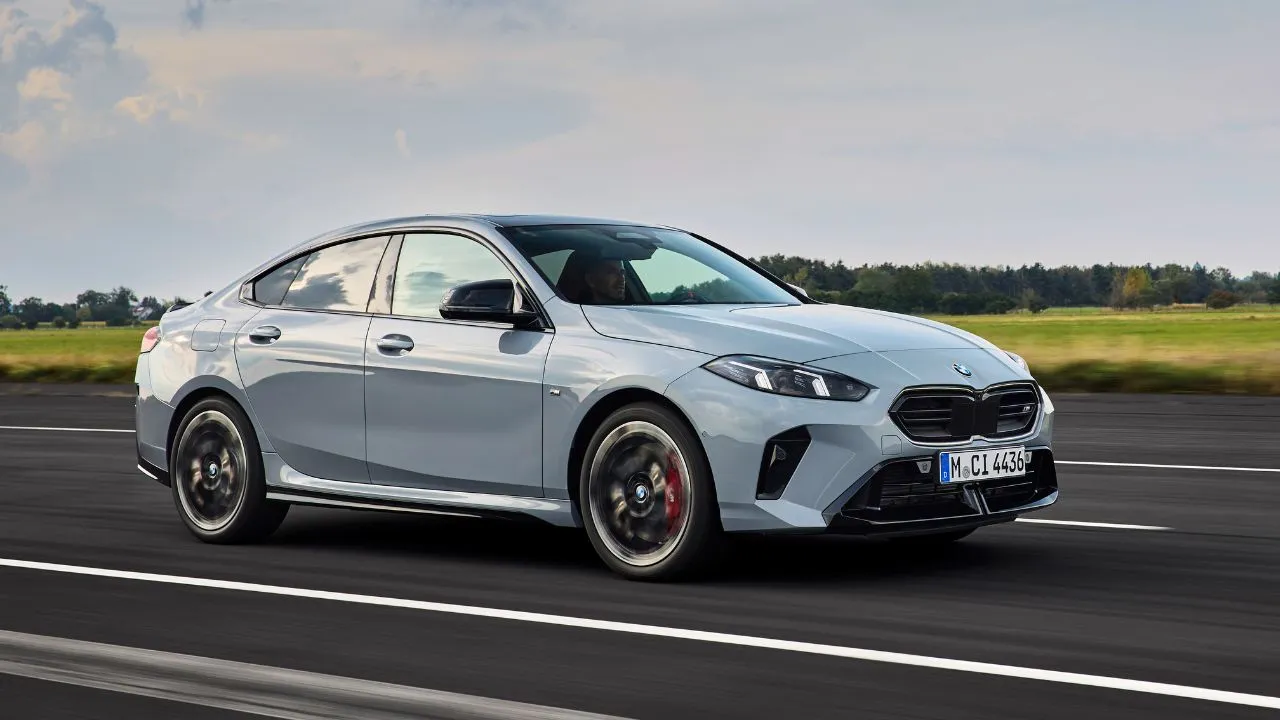






Write your Comment on